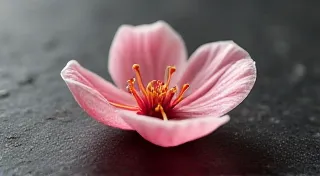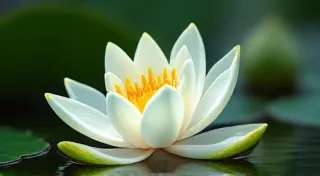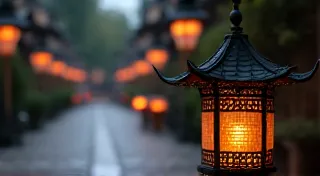Ephemeral Strength: The Fragility and Power of Kumihimo
There's a certain melancholy that settles upon me when I hold an antique accordion. The bellows, once vibrant with music, are often cracked and dry, the keys sticky or missing. Yet, amidst the decay, a palpable sense of history resonates. You can almost hear the echoes of laughter, the murmurs of conversation, the joyous strains of melodies played for dancers long gone. It’s a poignant reminder of time’s relentless march, and of the delicate balance between preservation and loss.
This same sense of duality – fragility interwoven with remarkable strength – is what draws me to Kumihimo braiding. This traditional Japanese textile art, the creation of intricate cords through a methodical twisting and interlacing of silk threads, feels remarkably similar to that aged accordion. Visually, the finished cords appear delicate, even ethereal. Their shimmer catches the light, their colours seem to flow and blend effortlessly. But don't let their beauty fool you; Kumihimo cords are surprisingly robust. They’re flexible, resistant to abrasion, and possess a tensile strength born from the precision of their construction.
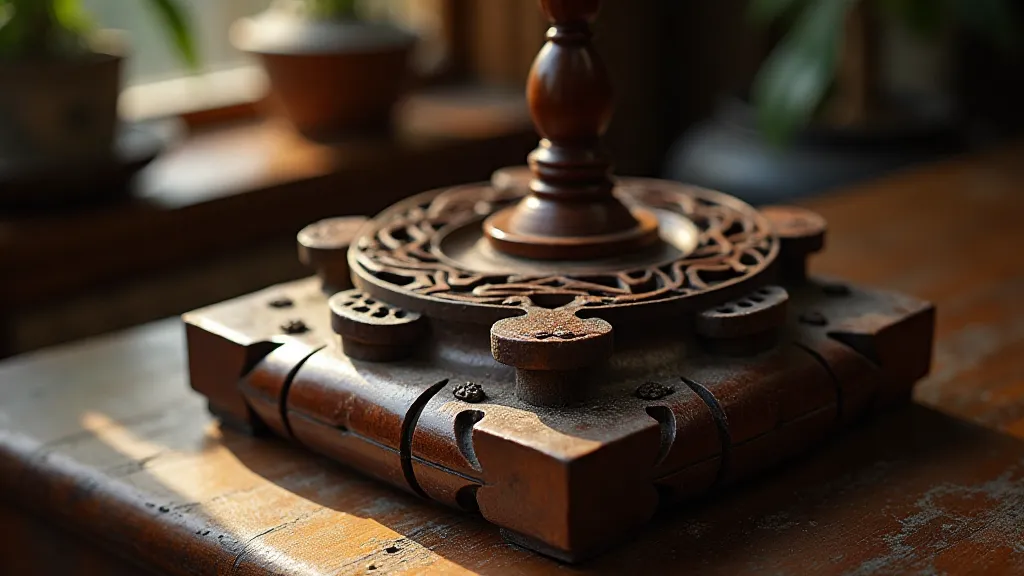
A Tapestry of History
The precise origins of Kumihimo are shrouded in the mists of time. While its name, meaning "gathered threads," suggests a simple beginning, its sophisticated techniques clearly evolved over centuries. Evidence suggests that rudimentary forms of braiding existed in Japan as early as the 6th century, influenced by continental Asian weaving traditions. However, what we recognize as true Kumihimo began to flourish during the Nara period (710-794 AD) and matured significantly during the Heian period (794-1185 AD).
Initially, Kumihimo wasn’t just a decorative art; it was utterly essential. These meticulously crafted cords served crucial purposes: securing samurai armour – the intricate lacing of a suit of lamellar armour (kusari gusoku) relied entirely on strong, reliable Kumihimo; binding scrolls and books, protecting valuable texts; and even creating the ties for kimonos. The quality of the Kumihimo reflected the status of its owner – a carelessly made cord signaled disrespect, while a flawlessly crafted one demonstrated refinement and attention to detail.
The techniques themselves were closely guarded secrets, passed down within families and guilds. The development of the Marudai, the large, flat, circular braiding stand, revolutionized the art. This innovation allowed for the creation of far more complex and beautiful cords, expanding the possibilities of Kumihimo beyond the purely functional.
The Marudai and the Dance of the Threads
Working with the Marudai is an exercise in meditative precision. The rhythmic click of the bobbins, the subtle pull of the threads, the slow, deliberate rotation of the stand – it’s a hypnotic process. The Marudai's design isn’t merely practical; it’s deeply considered, facilitating a dance between the craftsman and the threads. You can almost feel the echoes of countless artisans who came before, their hands guiding the same strands, their focus unwavering.
There’s a certain humility that comes with working this way. You’re not *creating* something from nothing; you're *transforming* something simple – individual threads – into something intricate and enduring. The process demands patience, focus, and a respect for the materials. A single mistake can unravel hours of work, reminding you of the delicate nature of the creation.
It’s tempting to rush, to try and speed up the process, but that’s when mistakes happen. True Kumihimo requires a mindful approach, a willingness to slow down and appreciate the subtle nuances of each movement. It's a lesson applicable far beyond the braiding stand – a reminder to find stillness and focus in a world that constantly demands speed and efficiency.
Beyond Function: Art and Aesthetics
While its utilitarian roots remain important, Kumihimo evolved into a recognized art form. The Heian period witnessed a blossoming of aesthetic refinement, and Kumihimo was no exception. Artisans began to experiment with new colours, patterns, and techniques, pushing the boundaries of what was possible. The vibrant colours of Nishijin-ori silk, a luxury brocade from Kyoto, became a favourite material, lending a richness and luminosity to the finished cords.

The patterns themselves often held symbolic meaning, reflecting the values and beliefs of the time. Floral motifs represented beauty and harmony, geometric patterns evoked a sense of order and balance, and auspicious symbols were incorporated to bring good fortune.
Preserving the Legacy: Restoration and Collecting
Like that antique accordion, many Kumihimo creations have survived for centuries, bearing witness to the passage of time. These historical examples offer invaluable insights into the techniques and aesthetic preferences of past generations.
Restoring antique Kumihimo pieces requires a delicate touch and a deep understanding of the materials and techniques involved. The goal isn’t to erase the signs of age, but rather to stabilize the piece and prevent further deterioration. This often involves carefully cleaning the cord, replacing damaged threads, and re-securing any loose or broken sections. It's a process of respect – honouring the work of the original artisan while safeguarding it for future generations.
Collecting antique Kumihimo offers a fascinating window into Japanese history and culture. Rare examples, such as those used in samurai armour or ceremonial garb, can be incredibly valuable. However, the true value lies not just in the monetary worth, but in the stories they tell – the lives they touched, the events they witnessed. Holding a piece of history in your hands, feeling the weight of its legacy, is an experience unlike any other.
The fragility of Kumihimo mirrors the fleeting nature of life itself. Yet, within that fragility lies a profound strength – the enduring power of human creativity, the resilience of traditional craftsmanship, and the beauty that can be found in the simplest of materials.
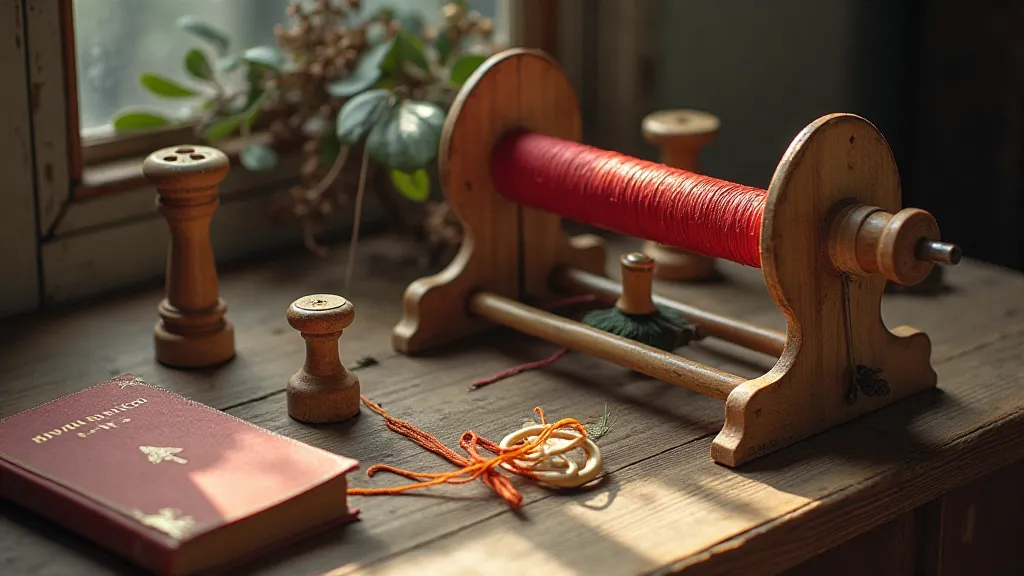
Just as the echoes of music linger within the cracks of an old accordion, the beauty and strength of Kumihimo braiding continue to resonate across the centuries – a testament to the enduring power of human artistry.
